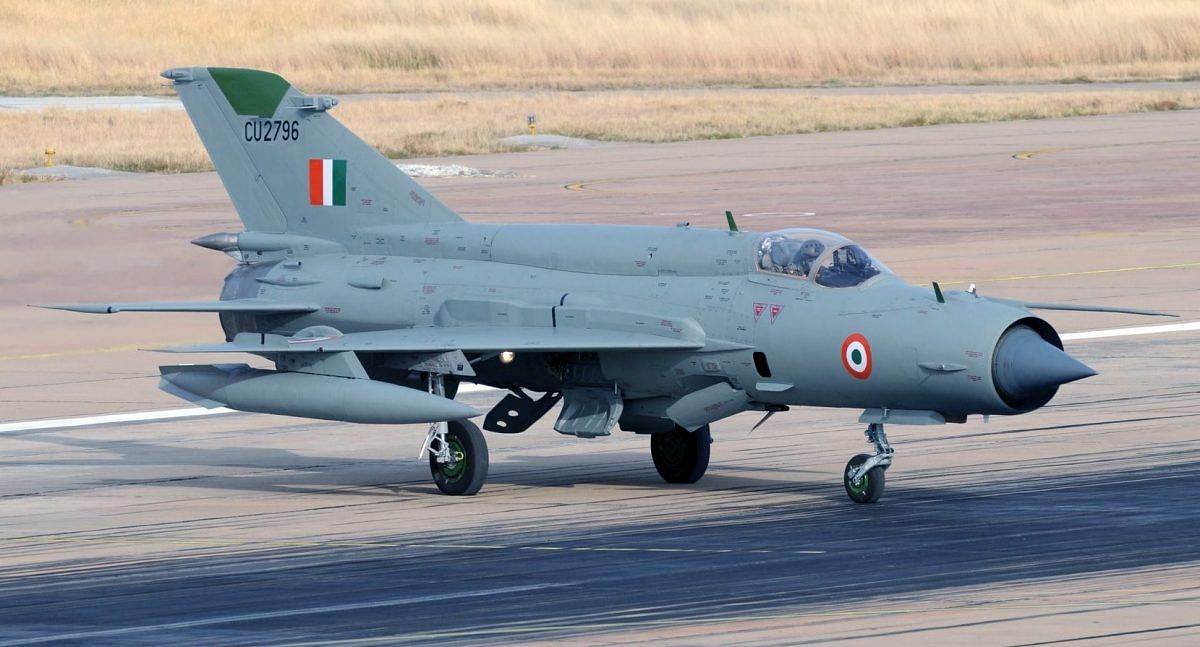SOURCE: AFI

You’re right, India was indeed the world’s biggest operator of the MiG-21, surpassing even the Soviet Union itself. The Indian Air Force (IAF) inducted a staggering 874 MiG-21s, forming the backbone of its fleet for decades that all started in 1963 when handful were inducted.
In the 1980s and 1990s, MiG-21s comprised over 60% of the IAF’s fighting strength. The first batch arrived in 1963, and the IAF continued to induct variants throughout the Cold War. The MiG-21 was a demanding aircraft to fly, known for its challenging handling characteristics and unforgiving nature. This, coupled with extensive use, likely contributed to the high accident rate.
Despite its long service history, the MiG-21 has also garnered nicknames like “Flying Coffin” and “Widow Maker” due to its relatively high accident rate. Over 400 MiG-21s have been involved in accidents, tragically resulting in the loss of around 200 pilots. It’s important to note that the high number of accidents is likely due in part to the sheer number of MiG-21s that India operated compared to other aircraft.
Despite the safety concerns, MiG-21s played a vital role in defending India’s airspace. They saw action in the 1965 and 1971 wars with Pakistan, and also served during the Kargil War.
The MiG-21’s legacy in India is complex. It served as a vital part of the country’s air defense for decades, but its safety record has also raised concerns. Regardless, the MiG-21 will undoubtedly be remembered as a significant chapter in the history of the Indian Air Force.